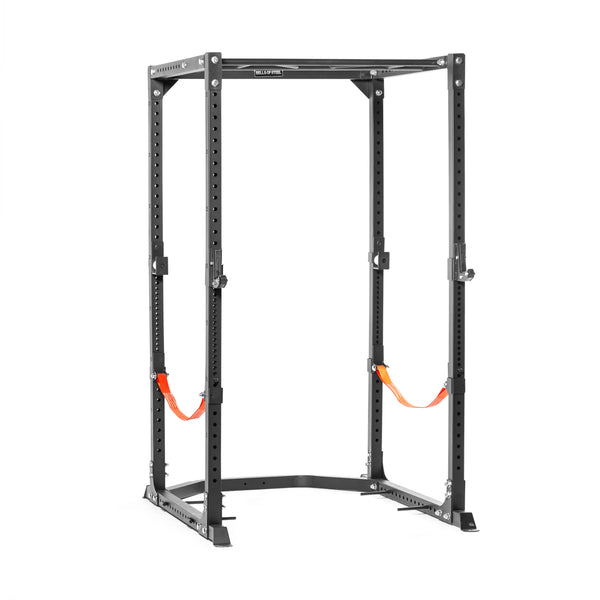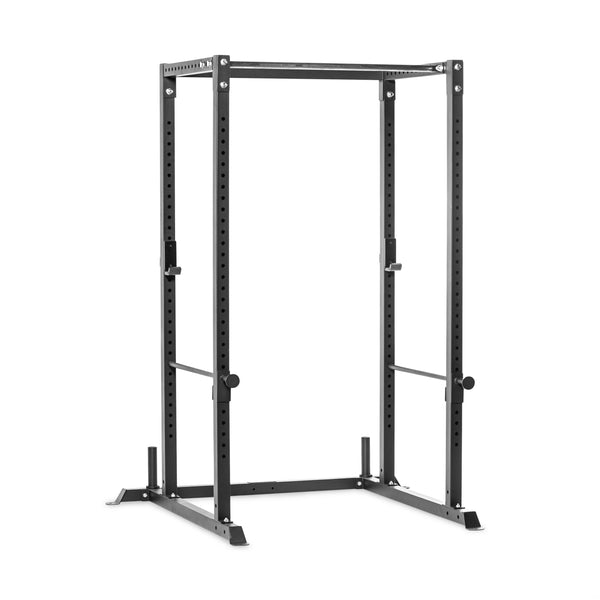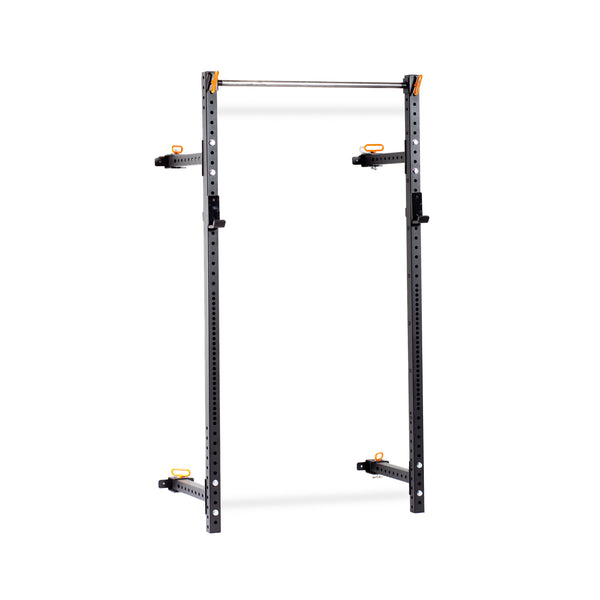So, you’re thinking of setting up a home gym in the basement. First off, congratulations! You've got the motivation to start building a stronger, healthier you, and a basement gym can be a fantastic solution. But before you start lugging weights downstairs, you're probably wondering, is it really okay to workout in the basement?
The short answer: Absolutely! With a little planning and some smart tweaks, your basement can become a workout haven. But let’s dive deeper into the nitty-gritty, from common concerns to clever solutions that make your basement gym both safe and effective.
Common Concerns About Basement Workouts
1. Airflow and Ventilation
Basements can feel a bit... stale. Poor airflow and ventilation are valid concerns because a stuffy workout space isn't just uncomfortable, it can also impact your performance. Lack of fresh air and high humidity levels can make it feel like you’re squatting in a sauna (without the detox benefits). And if there’s mold? Fuhgeddaboudit!
Solution: Improve Ventilation
You don’t need a high-tech solution here. A simple window fan can do wonders, pulling fresh air into the space. You can also invest in a dehumidifier to keep moisture in check, especially during summer months when humidity is higher. If your basement doesn’t have windows, a portable air purifier or HVAC system upgrade can ensure that you're breathing easy while you hit those PRs.
2. Ceiling Height Issues
Basements can be notorious for low ceilings, which can make overhead lifts feel a bit too close for comfort. Smacking your barbell against the ceiling isn’t exactly a great way to celebrate a new personal best.
Solution: Get Low (with a Short Rack)
A low ceiling doesn’t mean you’re out of luck. Consider a custom shorter power rack, like a 72" Hydra or Manticore rack, to fit snugly under lower ceilings. Shorter racks still provide the safety and versatility of a full-size setup but are designed for tighter spaces. Also, get creative with your workout routine—exercises like seated overhead presses are a great alternative if standing presses are a no-go.
3. Flooring Concerns
Concrete or unfinished floors can be tough on both your joints and your equipment. Dropping weights on a bare floor isn't going to win you any "Good Homeowner" awards either.
Solution: Protect Your Floor (and Your Body)
Invest in some solid rubber gym flooring or mats to create a comfortable and safe surface for your workouts. These mats protect your floors and help absorb impact, reducing noise (and keeping the peace with your upstairs neighbors or family members). Plus, they’re easy on the knees when you're knocking out burpees—if you're into that sort of thing.
4. Lighting: The Dungeon Effect
Some basements feel like they belong in a dungeon. Dark, dimly lit, and maybe even a little creepy? Not the vibe you want for your morning workout.
Solution: Light It Up
Good lighting makes all the difference. Add bright LED lights that mimic natural daylight to your basement gym setup. Bonus: better lighting helps with focus and energy, so you’ll be more pumped up to tackle that cardio or deadlift session.
Pros and Cons of Working Out in a Basement Gym
Pros
- Privacy Galore - No more waiting for machines or dealing with the guy who slams the weights unnecessarily. Your basement gym is all yours, so you can focus entirely on your workout.
- Convenience - Forget about the commute to the gym! All you have to do is walk down the stairs, and you’re in workout mode. You can sweat, lift, and grunt to your heart's content without any awkward stares.
- Customizable Space - You can design your gym exactly the way you want, choosing the equipment that fits your goals and space. Whether it's a compact power rack, dumbbells, or resistance bands, you control it all.
Cons
- Space Limitations - Most basements aren't exactly massive, which means you’ll need to be strategic with equipment. You might not be able to fit a full-sized rack or large cardio machines, but that doesn’t mean you can’t create an effective workout space with a folding rack and adjustable equipment.
- Airflow and Ventilation Issues - As mentioned earlier, poor ventilation can be a concern, but with the right adjustments, it's easy to solve.
- Humidity - Basements are prone to humidity, which can rust your equipment over time. A dehumidifier will help preserve both your gains and your gear. Oh, and FYI, our Power Racks and much of our other equipment has a black powdercoat finish to help resist rust in humid environments. And Cerakote barbells are *chef’s kiss*.
Tips for Setting Up a Basement Gym
- Measure Your Space - Before you buy equipment, measure your ceiling height, room size, and available space. This will help you determine whether you need compact equipment, like a shorter power rack or foldable bench.
- Invest in Space-Saving Equipment - Short racks, foldable benches, and modular systems are your best friends in a basement gym. They give you all the versatility without eating up precious square footage.
- Use Wall Storage - Get creative with storage solutions by mounting your weights, bands, or bars on the walls. This keeps your space organized and clutter-free, so you can focus on the workout instead of tripping over plates.
- Upgrade Your Ventilation - Airflow is crucial for making your gym experience a pleasant one. Consider a fan, dehumidifier, or even upgrading your HVAC system to keep the air fresh and cool.
Alternatives to a Full Basement Gym Setup
Not quite ready to commit to a full-blown basement gym? No worries. You can still get an excellent workout in without all the bells and whistles. Bodyweight exercises, resistance bands, or a compact adjustable dumbbell set are all great alternatives until you’re ready to invest in larger equipment.
Basement Gym FAQs
Q: Is working out in the basement safe?
A: Yes! With proper ventilation, flooring, and lighting, a basement can be a perfectly safe and comfortable space for workouts.
Q: Do I need special equipment for a basement gym?
A: It depends on your space and goals. Compact equipment like short racks and folding benches are great options for smaller basements. Consider rubber flooring to protect your joints and your floors.
Q: Can I do cardio in a basement gym?
A: Absolutely! Compact cardio machines like air bikes or rowing machines work great in basements. Or, stick to good old-fashioned bodyweight cardio exercises like burpees, jump squats, and mountain climbers.



